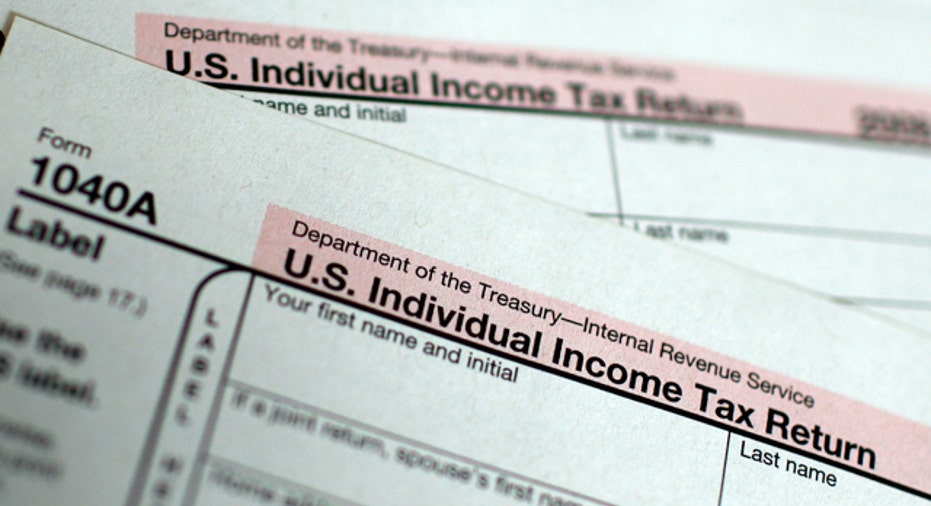New Rules for Offer in Compromise

Here’s some good news for Americans drowning in overwhelming tax liabilities: the IRS is offering more help to substantially reduce their balances.
The agency announced last week that it is expanding the Fresh Start program to include more favorable qualifications for its Offer in Compromise (OIC) program. Despite the commercials from tax professionals promising to help tax-burdened consumers get the ability to “pay pennies on the dollar,” it has not been that easy to settle up with the IRS for a reduced balance.
In fact, historically, the IRS accepts only about 34% of all offers that come through.
All that is about to change with the program’s expansion. The IRS will still use a set formula to determine the amount it is willing to accept, but the variables are changing. This means that the standards will be much more relaxed and will help more taxpayers land on their feet. Not only will more offers be accepted, but the processing time--which can sometimes take up to a year but average about six months--will be decreased.
Here’s how it used to be under the original OIC program: When you complete IRS Form 433-A to accompany the offer request, you state your monthly income and expenses. The difference between the two numbers is multiplied by 48 if you intend to pay off the offered amount in less than five months or it’s multiplied by 60 if you intend to pay it off over a longer period of time. So if your income is $3,000 per month and your “allowable” expenses (more on that later) are $2,900 per month and you intend to pay off the compromised balance immediately then the IRS, given all other qualifications have been met, will be willing to accept $4,800 plus the net “quick sale value” of your assets in which you have equity. It doesn’t matter if you owe them $10,000 or $100,000, this is what they are willing to accept.
The little quote marks surrounding allowable expenses indicates the area most taxpayers misunderstand when it comes down to how their offer is calculated. The IRS has a set of National Standards to determine expenses related to housing, transportation, and household expenses. For example, if your house payment is $2,500 per month but the National Standard for your particular area is $1,400 per month, the IRS will use that number instead. Live some place cheaper is the agency’s motto.
As you can see, what you assume are your bona fide expenses may differ from what the IRS calculates, and the agency previously didn’t consider unsecured debt. When it comes to monthly payments to credit card companies, the IRS’ stance is “let them stand in line behind us.” That’s why it’s important to crunch your numbers with a tax pro who understands the OIC process to make sure you have a valid offer.
The IRS now has new, more relaxed National Standard tables for housing, transportation, and household expenses. The agency is willing to accept higher costs. In fact, a miscellaneous allowance will be included where a certain percentage of credit card payments can be listed as an allowable expense. Previously, student loan payments and delinquent state and local income taxes were not allowable expenses, but now those numbers will be considered in the formula.
The best news is that the multiplier is being reduced: Instead of taking the disposable income amount and multiplying it by 48 or 60, it will be multiplied by 12 or 24, respectively. And if you have income-producing assets in a viable on-going business, the equity in those assets will not be considered when adding the value of total assets to disposable income.
The IRS wants to work with taxpayers and businesses to ensure productivity in this bad economy. So if you have a big tax liability and you’re on the broke side, fill out Form 433-A, take it to your tax pro to crunch the numbers to see if you can settle for “pennies on the dollar!”
Bonnie Lee is an Enrolled Agent admitted to practice and representing taxpayers in all fifty states at all levels within the Internal Revenue Service. She is the owner of Taxpertise in Sonoma, CA and the author of Entrepreneur Press book, “Taxpertise, The Complete Book of Dirty Little Secrets and Hidden Deductions for Small Business that the IRS Doesn't Want You to Know.” Follow Bonnie Lee on Twitter at BLTaxpertise and at Facebook.